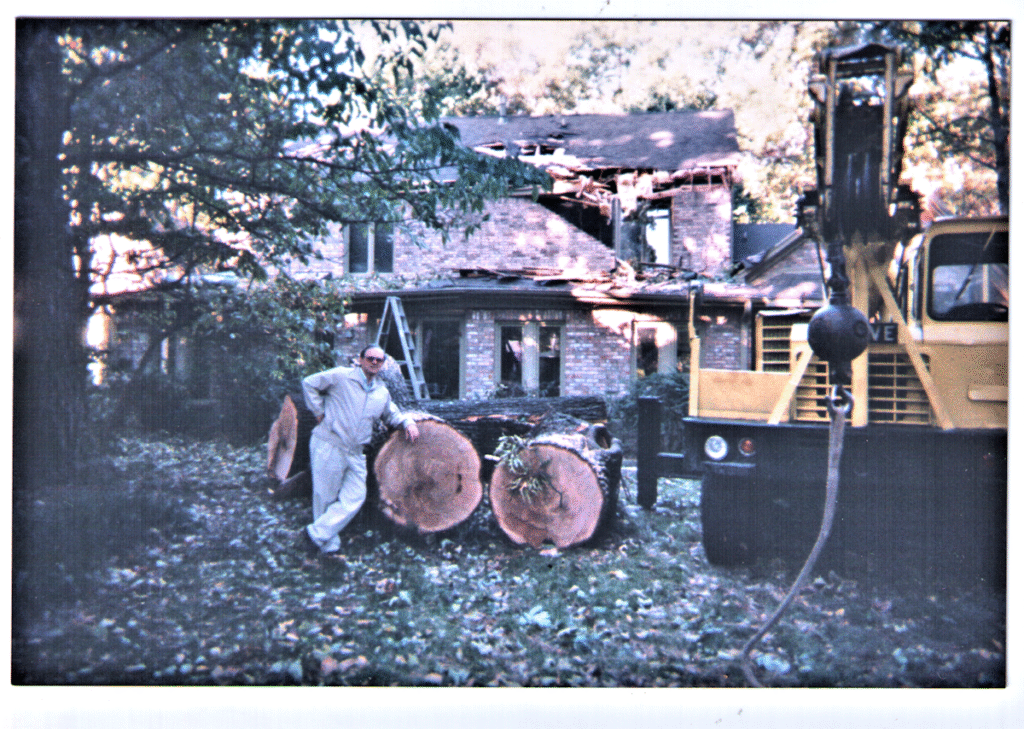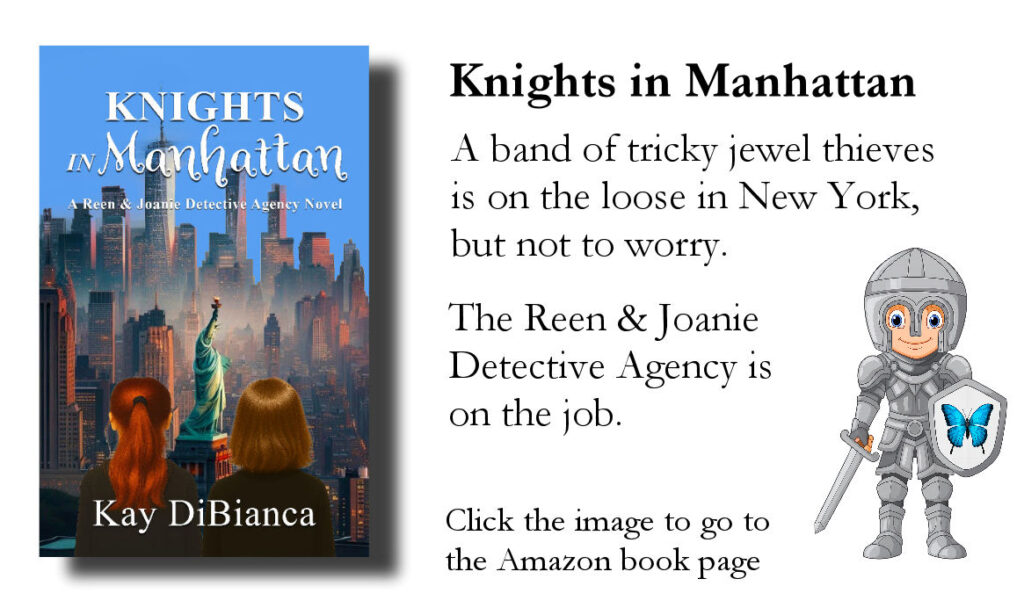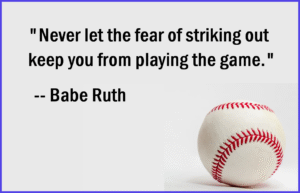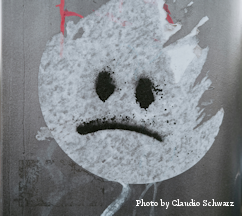
Never wait for trouble. —Chuck Yeager
* * *
“Aviate. Navigate. Communicate.”
When I was taking private pilot lessons, my instructor drilled this three-word phrase into me in every lesson as essential to successful flying. Although you need to keep all three of these skills in mind and not fixate on any one of them, there is a priority order.
Aviate. Fly the plane. This is always first. The pilot must maintain the altitude, airspeed, and position in the air (attitude). Things can get busy in the cockpit, and a mechanical failure or some other unanticipated issue can divert a pilot’s attention from simply flying the plane. The Society of Aviation and Flight Educators notes:
A famous example of failure to follow the established aviation priorities is the crash of Eastern Airlines Flight 401. In December 1972, the crew of a Lockheed L-1011 TriStar became focused on the malfunction of a landing gear position indicator light for the nose gear. The plane subsequently descended into the Everglades northwest of Miami, killing 101 of the 176 people on board (two people died more than seven days after the accident).
Navigate. When you’re flying an aircraft, you need to know where you are and where you’re going. Whether the pilot is navigating or there’s a separate navigator onboard, their job is to monitor the flight and make adjustments as needed to get the plane to its destination. Mistakes in navigation can lead to loss of situational awareness and accidents.
Communicate. Air Traffic Control is the pilot’s friend. They direct flights to keep safe distances between planes and provide instructions for safe takeoffs and landings. Pilots communicate with ATC using protocols that must be followed or the communication fails. For example, the English language is the standard established by the International Civil Aviation Organization (ICAO) to ensure safety and clear communication. On initial contact with ATC, the pilot uses the “4 W’s” (who you’re calling, who you are, where you are, what you want).
* * *
From Cockpit to Keyboard
It seems like everything I do relates back to writing these days. Fortunately, a failure in the writing process isn’t as dangerous as in flying, but we might be able to map Aviate, Navigate, Communicate onto the writer’s job. Here’s a simplified look at the process:
Aviate: Write the book. Keep it moving forward. Don’t decide to clean out that closet once again because you’re looking for an excuse to avoid writing. And don’t rewrite Chapter One for the fortieth time to get it just right. TKZers: How do you keep moving forward? Do you allocate a certain number of words or hours per day to your work? How long does it take you to write a novel?
Navigate: While you’re writing, keep an eye on where you’re going. Does each scene move the story forward, or are you getting bogged down in unnecessary subplots or long, boring backstory? TKZers: How do you avoid getting off course when writing?
Communicate: Editors, critique partners, and beta readers are the author’s friends. Use their input to revise and polish the story. Clear communication will enable the author to make the necessary changes. TKZers: What types of communication do you use to improve the final product?
* * *
So TKZers: Do you use a method like “Aviate, Navigate, Communicate” to complete your novels? Tell us about it.
* * *
Knights in Manhattan begins on a flight that has encountered rough air. But there may be more turbulence inside the cabin than outside the airplane.
Click the image to go to the Amazon book page.

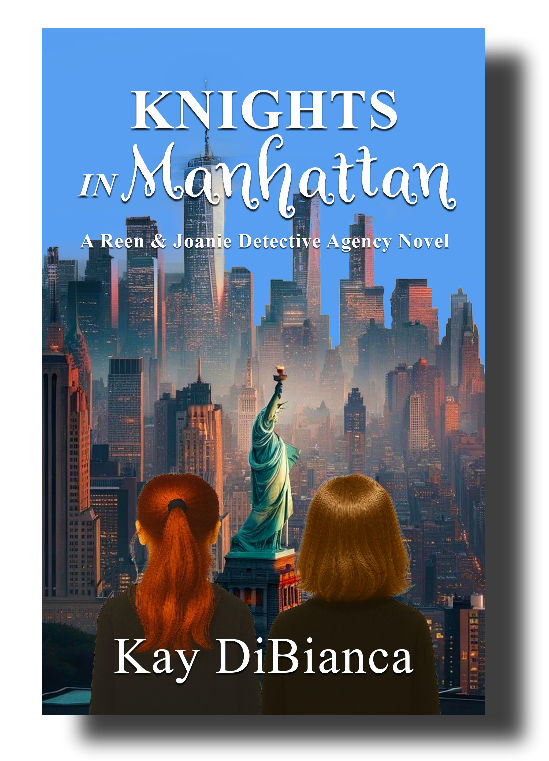

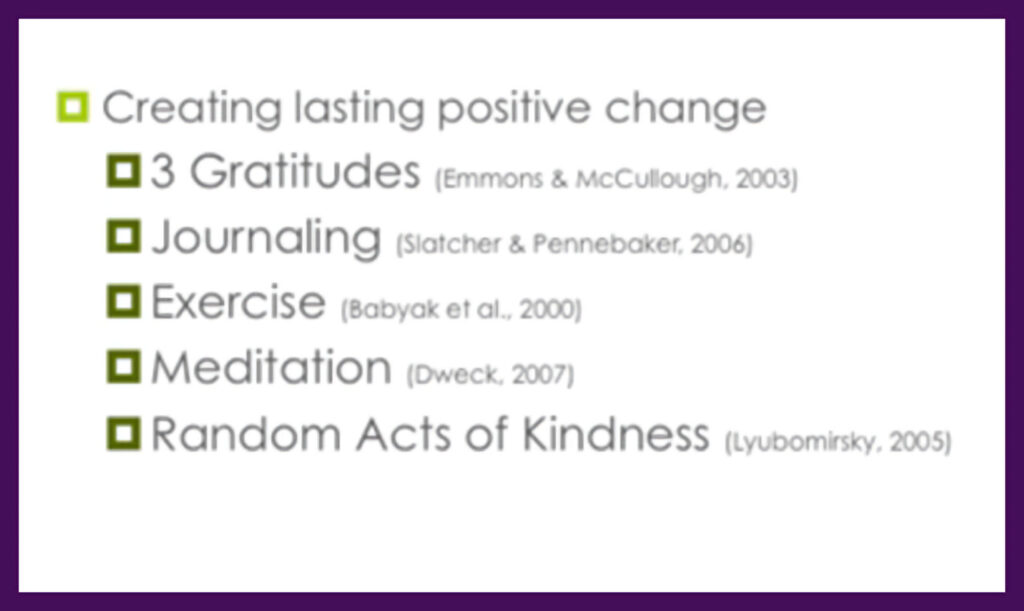
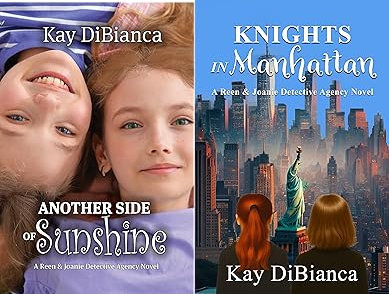

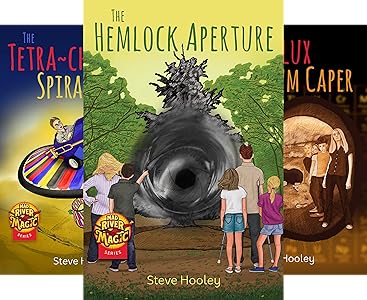


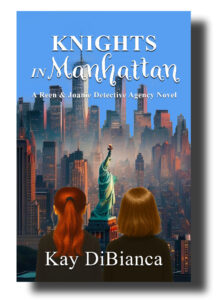
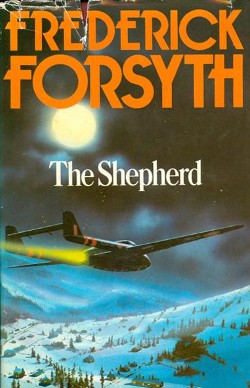

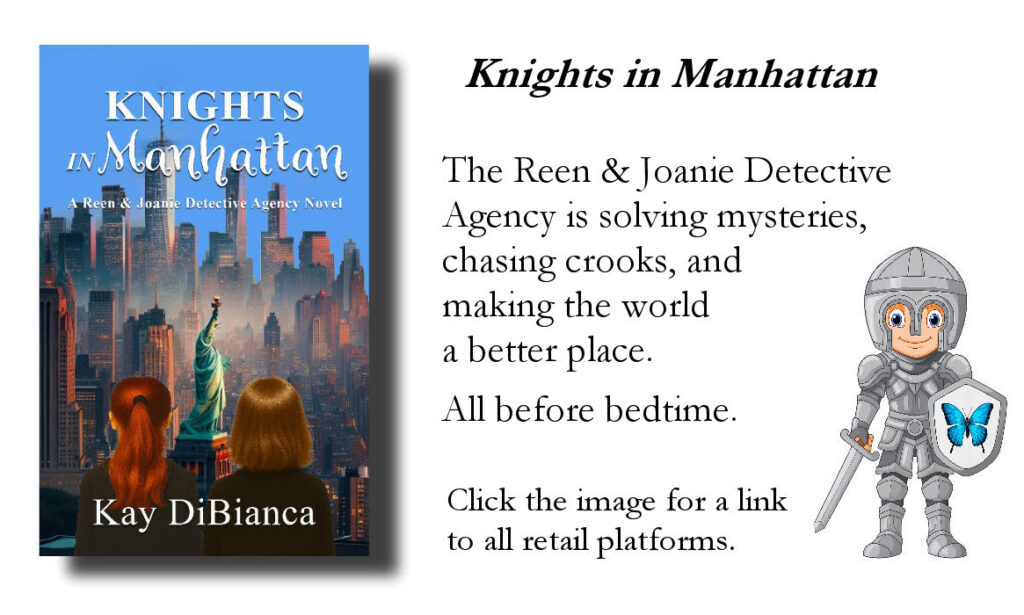
 You’ll never find a better sparring partner than adversity. —Golda Meir
You’ll never find a better sparring partner than adversity. —Golda Meir
